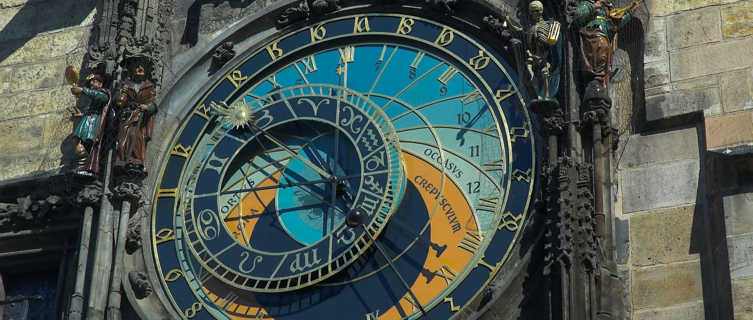Prague City Overview
Prague, the “City of a Hundred Towers”, is simply one of the most breathtaking European cities, whose architectural heritage has largely been preserved despite the Second World War.
The maintenance of the historical buildings and painted stucco facades is continued in Prague. As early as the 19th century, many visitors complained about the numerous scaffolding. Prague was, to a certain extent, the scene of the Warsaw Pact among the Communists, but after the Velvet Revolution of 1989 the capital freed itself from decades of oppression and has now returned to its former glory.
Prague is located in the Vltava valley (Moldau) and is dominated by the castle on the western ledges. Visitors are mainly drawn to the city’s fairytale buildings, which, however, only make up part of its lively mix of styles.
Prague is undoubtedly a city best explored on foot, as the entire center has been declared a World Heritage Site by UNESCO. Gothic churches stand side by side with cubist, functionalist and super-modern buildings, classical music mixes with jazz and rock, while huge statues stand right next to abstract works and cubist lampposts.
Prague is still one of the most popular destinations for backpackers due to its fairly low price level, but it is becoming more and more similar to that of other European countries every year.
Important facts
Population: 1251072 (2010)
Latitude: 48.704640
Longitude: 13.478273
Weather in Prague
The best time to visit Prague is at the beginning of spring and late autumn, because then there are significantly fewer tourists in the city. If you don’t mind the cold, the very quiet winter months are also suitable. The mood in the run-up to Christmas is particularly beautiful. Prague has a fairly mild climate, even if it can get very hot or cold every now and then. The highest rainfall is in autumn.
City history of Prague
Prague’s current layout goes back to the Premyslid king Ottokar II (1253-78), who divided the city into three administrative districts: Hradcany (suburb of the castle), Mála Strana (small side) and Staré Mesto (old town). The Jewish community living on the other side of the river was relocated from the Lesser Town to the Josefov ghetto in order to make room for German traders.
The city’s heyday began when Charles IV of Bohemia was appointed Holy Roman Emperor in 1346. An ambitious Gothic construction phase – including the construction of St. Vitus Cathedral, the Charles Bridge, the university and the Nové Mesto (New Town) with Wenceslas Square as the focal point – made the city one of the largest and most powerful in Europe. At the end of the 18th century, the reaction of the Habsburg rule to Czech nationalism reaffirmed its authority. The development of a national Czech architectural style throughout the 19th century brought further changes; the demolition of the Jewish ghetto for the construction of Art Nouveau buildings followed later. Prague is now one of the most important Jewish centers in Central Europe. The Jewish monuments in the center of the city, especially the Jewish Town Hall and the six synagogues, are absolutely worth seeing.
Czechoslovakia was founded at the end of the First World War. Liberated from the censorship and the constraints of the Austro-Hungarian Empire, a new heyday began in Prague. New artistic styles such as Art Deco, Cubism and Functionalism were adopted and also developed further. A lot of influences came from America, because Prague was happy to accept the modern culture of the jazz era. However, Prague always maintained its unique identity.
During the Second World War, the country was occupied by the Nazis and then spent a good five decades under Soviet communist rule, which brutally crushed all attempts to achieve more democracy in the Prague Spring 1968 under the weight of Russian tanks. But even the decades of oppression by the Nazis and the Communists failed to defeat the Czech spirit.
The Czech spirit remained unafraid. In 1989, when the Berlin Wall fell, the Czechs finally freed themselves from communism during the Velvet Revolution. The Velvet Division soon followed when the Slovak part of old Czechoslovakia decided to go its own way.
With poet and President Vaclav Havel at the helm, Prague became the hub of post-communist Eastern European revival. Emigrants poured into the city in the 1990s, which quickly developed an energy that was comparable to that in Paris in the 1920s. This energy after the Velvet Revolution has faded to a certain extent, and there are as many foreigners as Czechs on the streets today. The city is a popular tourist destination and a commercial center.
Prague has fundamentally freed itself from blatant social realism and the metropolis has regained its traditional reputation as a leading cultural city. As one of the European Capitals of Culture in 2000, Prague chose the theme of urban change – an idea that lasted for many years as the city still looks forward to its exciting role in the new century. The Czech Republic joined the European Union in 2004, further cementing the city’s importance and popularity.
